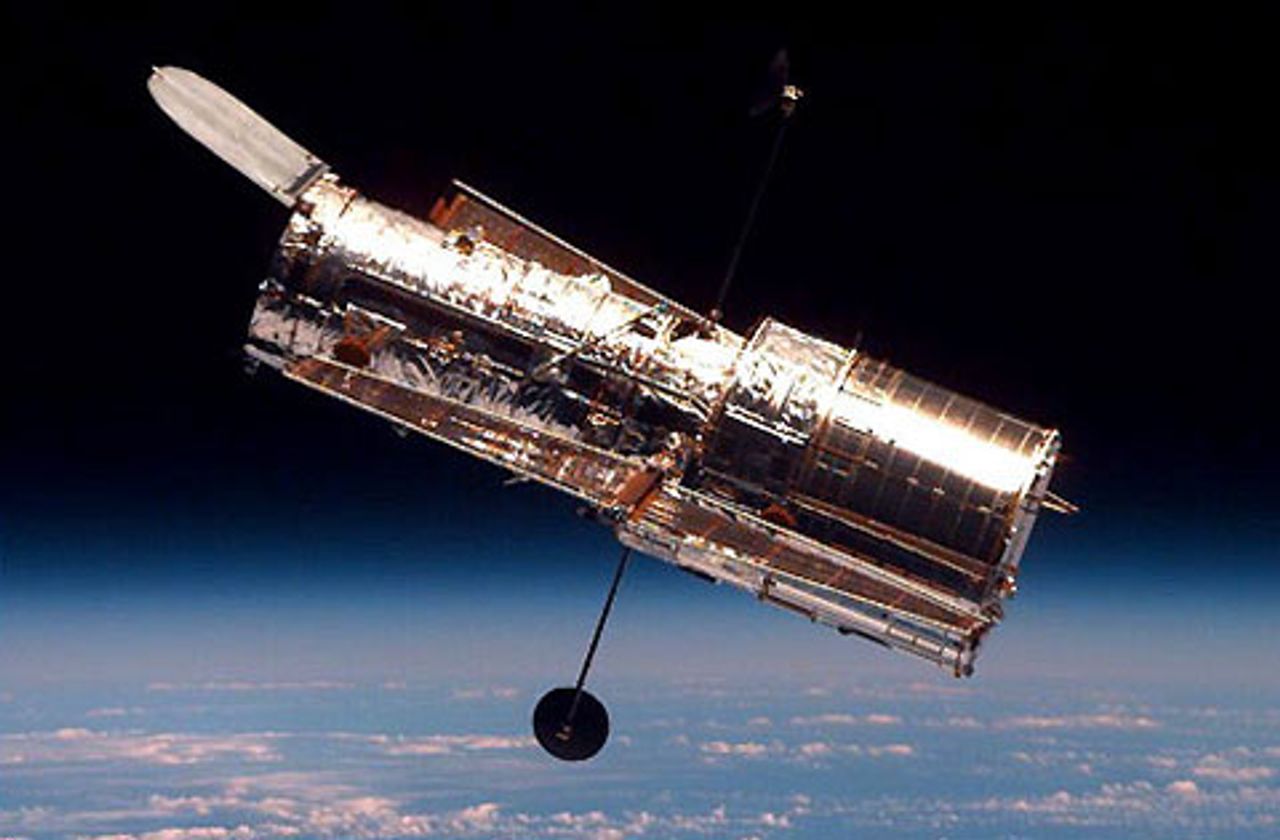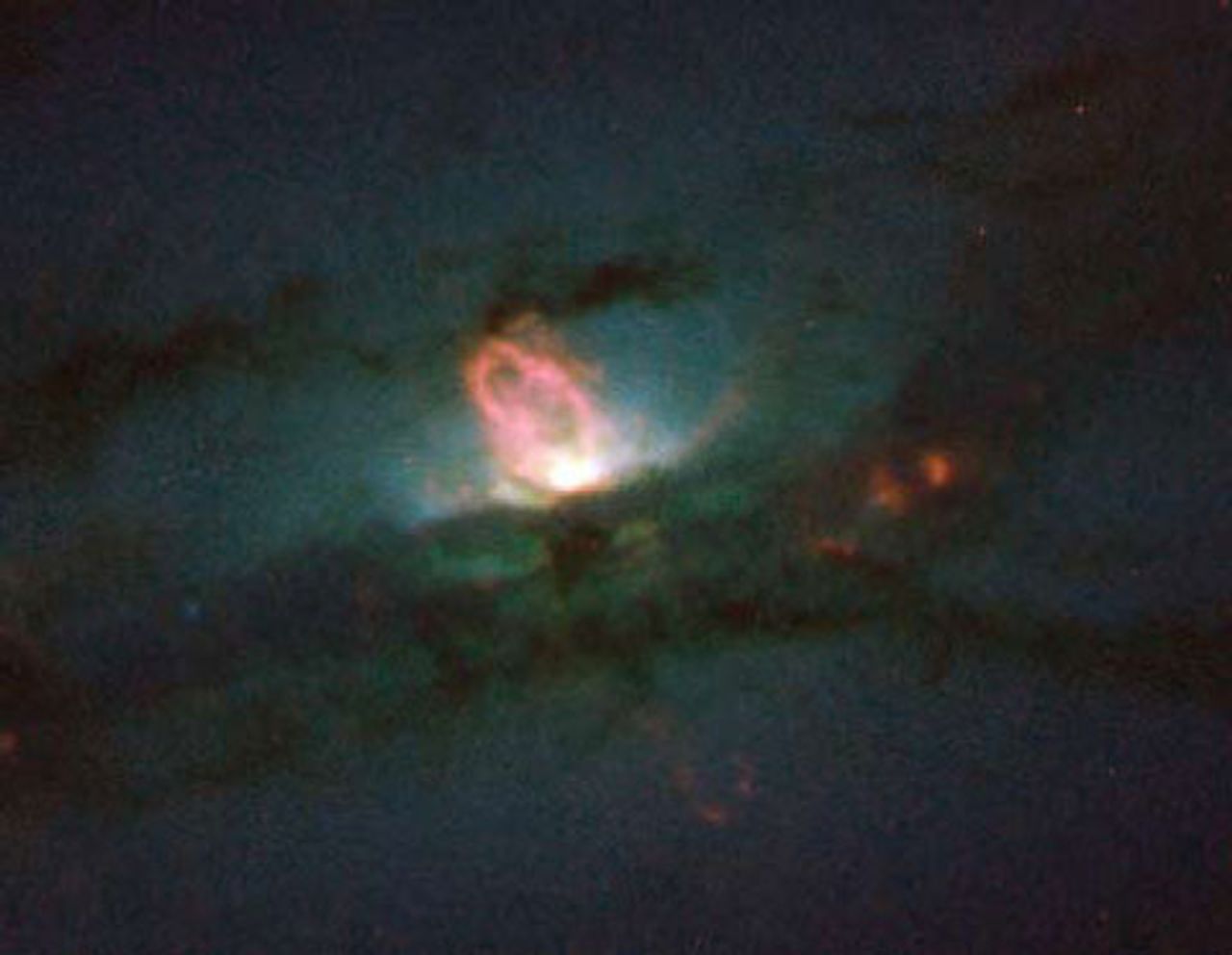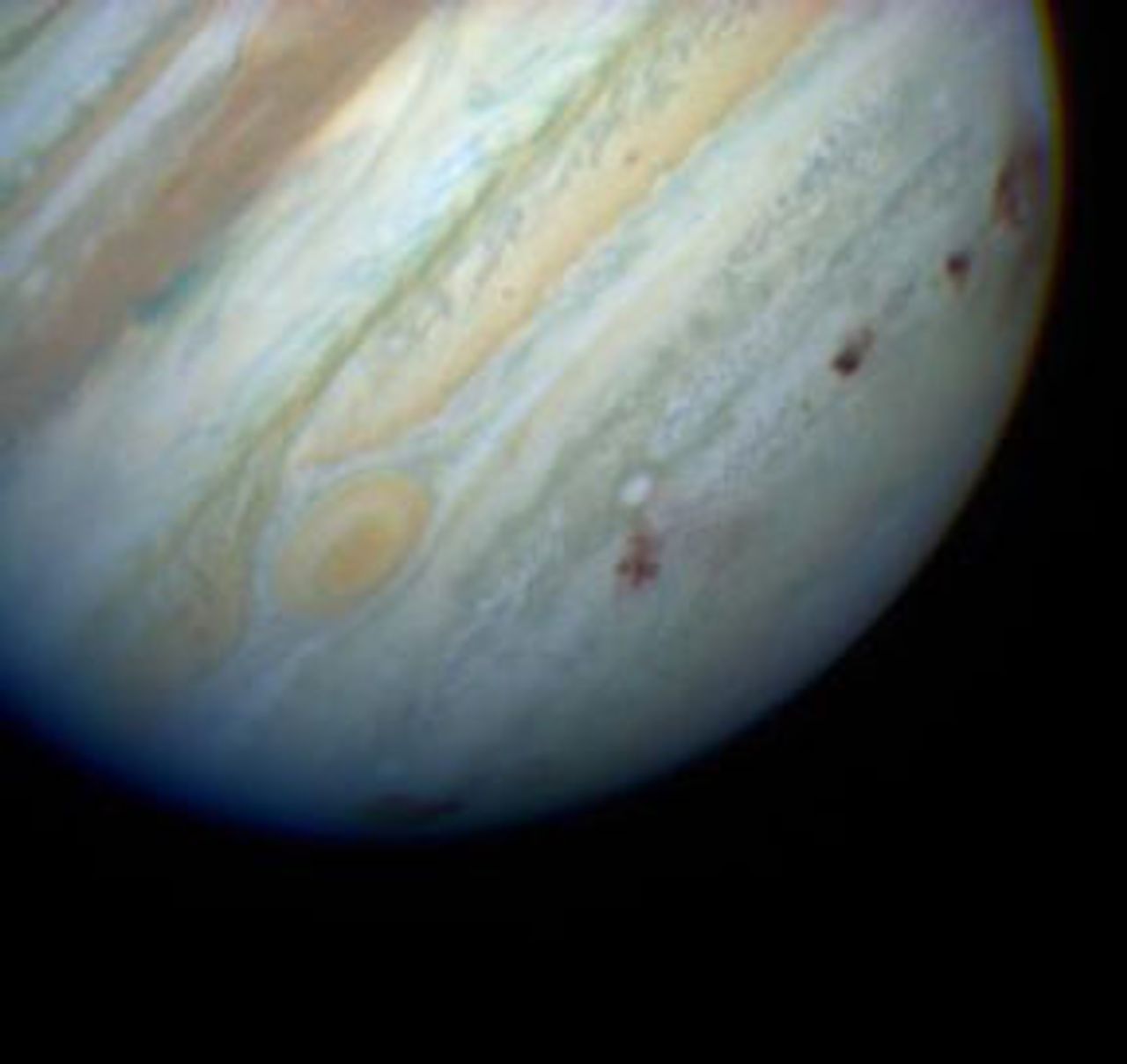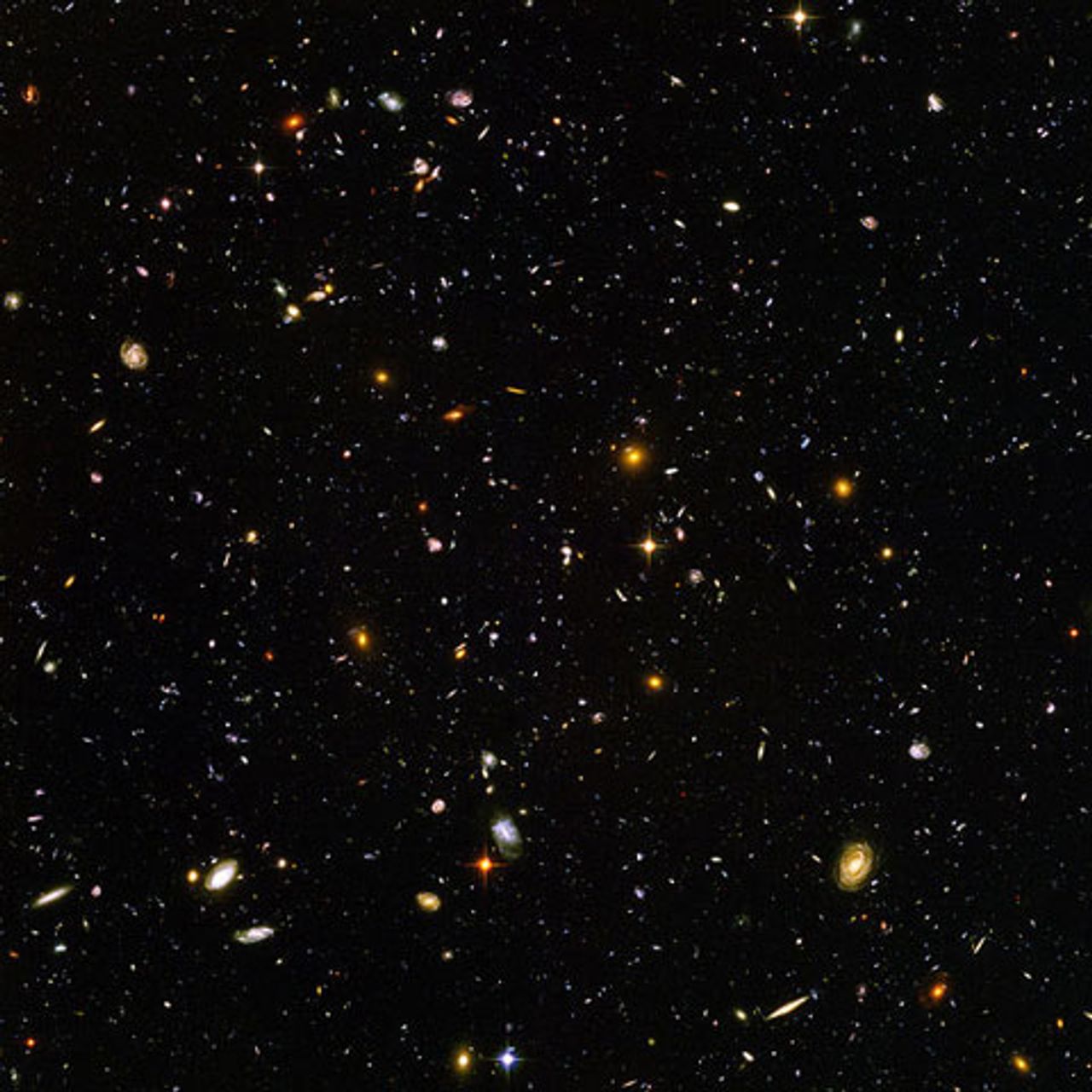Last month, the orbiter Atlantis released the Hubble Space Telescope after completing a weeklong servicing mission of the venerable instrument. This was the last scheduled mission for Hubble.
Originally planned for an October 2008 launch, the mission was postponed when the Scientific Instrument Command and Data Handling (SI C&DH) unit failed. This piece of equipment is responsible for transmitting all data back to Earth. Though it has a backup, if the backup were to fail Hubble’s life as a useful space telescope would be over. Consequently, NASA delayed the mission until the instrument could be replaced by an old flight spare that was tested and reconditioned.
Scientists are currently carrying out calibration and diagnostic tests on the new instruments. Last week, the SI C&DH temporarily failed but has since been returned to normal status. Scientists anticipate that the telescope will be able to resume operations by September.
During the latest mission, astronauts performed five spacewalks installing Hubble’s newest instruments, the Wide Field Camera 3 (WFC3) and the Cosmic Origins Spectrograph (COS). The WFC3 expands Hubble’s observing range into the ultraviolet spectrum. Though the Advanced Camera for Surveys (ACS) and the Goddard High Resolution Spectograph (GHRS) view the ultraviolet spectrum, the WFC3 greatly increases the sensitivity and options of the telescope.
The COS is designed to replace the now redundant Corrective Optics Space Telescope Axial Replacement (COSTAR), which was installed in 1993 to correct Hubble’s original aberration in the main telescope. The COS will view in the ultraviolet parts of the spectrum, complementing the measurements done by the Space Telescope Imaging Spectrograph (STIS). (COSTAR was rendered redundant because all systems requiring its corrective optics have been replaced.)
The mission partially repaired the Advanced Camera for Surveys and the STIS. It also replaced all six gas-bearing gyroscopes, a Fine Guidance Sensor (FGS) unit, all six nickel hydrogen batteries, and several thermal insulation protective blankets.
Launched on April 24, 1990, on board the shuttle Discovery, Hubble is one of NASA’s Great Observatories, along with the Compton Gamma Ray Observatory, the Chandra X-ray Observatory, and the Spitzer Space Telescope. Hubble is designed to look at the optical, UV and near-infrared wavelengths of the electromagnetic spectrum.
 The Hubble Space Telescope
The Hubble Space TelescopeThe impetus for building the Hubble telescope goes back as far as 1946, when Lyman Spitzer published a paper on the practical astronomical benefits of launching a telescope into space. A telescope in space would have an unparalleled view of the universe as compared to ground-based observing. This is because it would be hindered only by diffraction, not atmospheric disturbances that plague ground-based optical observations. It would be capable of reaching the theoretical limit of resolution (for green light, 0.05 arcseconds on a 2.5-meter mirror) and be able to view in the ultraviolet and infrared spectrum, both of which are heavily absorbed by Earth’s atmosphere.
The quest for funding Hubble began in 1970, when NASA formed two committees for what was then called the Large Space Telescope. The first committee was to gather funding for the project, while the second was to determine the scientific goals of the mission. Originally slated for a 1979 launch, this was set back when US President Gerald Ford instigated public spending cuts that froze all funds for the project. In response, astronomers across the country began a campaign to renew the funding for the project. Eventually, the Senate relented, albeit granting only half the funding originally requested.
Once the funding had been granted, the project began in earnest. A launch date of 1983 was set, and development of all the original instruments began. However, the Challenger disaster in January 1986 set back all shuttle missions.
Hubble, designed to be carried into space by a shuttle, was forced to wait in a clean room purged with nitrogen until its launch could be rescheduled. The cost for the wait was approximately $6 million a month, but it allowed engineers to replace a failure-prone battery and perform extensive tests on the telescope to ensure optimal operation as well as bring the ground-based controlling software up to speed with the needs of Hubble.
After 20 years of development, on April 24, 1990, Hubble was successfully launched from the shuttle Discovery.
Within weeks, a potentially fatal flaw for the scientific usefulness of Hubble was found. Though the images gained were much sharper than ground-based images, they were drastically lower than the expected image quality. After investigation, scientists discovered that the primary mirror had been ground to the wrong shape. It was only 2.3 micrometers (2.310-6 meters) out of shape, but the difference was catastrophic, producing a spherical aberration that focused incoming light off center, resulting in blurred images.
To fix the problem, Service Mission 1 brought along a corrective mirror to Hubble, designed to redirect the light focused by the aberration. This mirror (COSTAR) replaced the High Speed Photometer. On January 13, 1994, the mission was declared a complete success, and the telescope began releasing the incredibly sharp and detailed images for which it has become internationally famous.
Though it is a public relations boon for NASA, Hubble’s main importance lies in its extremely valuable contribution to astronomical investigation. For example, in 2001, using its instruments to accurately measure the distance to Cepheid variable stars, the Hubble telescope was able to constrain the value of the Hubble constant, assisting in determining the expansion rate of the universe, and thus its age.
Using Hubble, astronomers observed supernovae in distant galaxies and found that instead of decelerating due to gravity, the expansion of the universe is accelerating. Ground-based observations confirmed this, but an understanding of this expansion is not yet complete.
 A black hole at the center of galaxy NGC 4438 expels a gas bubble hundreds of light years across
A black hole at the center of galaxy NGC 4438 expels a gas bubble hundreds of light years acrossThe high resolution of Hubble has also allowed for the study of predicted black holes at galactic cores. Though these black holes were hypothesized in the 1960s, it fell to Hubble to determine the validity of this prediction. It has since been determined that black holes at the nuclei of galaxies are common.
The impact of Comet Shoemaker-Levy 9 into Jupiter in 1994 was well timed for Hubble to watch, as the telescope had only months before undergone Service Mission 1, and was fully operational. It took the first images of Jupiter since the Voyager 2 flyby in 1979.
 Comet Shoemaker-Levy impacting Jupiter
Comet Shoemaker-Levy impacting JupiterWhat stands most in the public’s eye, however, is the Hubble Deep Field. Taken over the course of 10 days, from December 18 to 28, 1995, these images focused on an area of approximately 4.0 square arcminutes, or one part in 23 million of the whole sky. Aimed where at most 20 stars in the Milky Way galaxy could be seen with the naked eye, Hubble revealed to astronomers and the public alike just how large space is. In that tiny region of space, Hubble disclosed 3,000 different galaxies, each with billions of stars, and provided an in-depth look at the early universe. It refined our understanding of galactic formation, and dispelled certain hypotheses regarding the nature of dark matter.
 Hubble Ultra Deep Field. Each object in this image of a tiny fraction of the universe is a galaxy made up of billions of stars.
Hubble Ultra Deep Field. Each object in this image of a tiny fraction of the universe is a galaxy made up of billions of stars.This feat was surpassed only in 2003-2004, when Hubble took the Hubble Ultra Deep Field. Focusing on an area of 11.0 square arcminutes in the constellation Fornax, the Hubble looked back in time 13 billion years to study 10,000 galaxies forming just after the Big Bang. (Since light takes time to travel through space, viewing distant objects is the equivalent of viewing objects forming in the early universe.) The Hubble Ultra Deep Field is the deepest penetration of the universe in the visible spectrum.
Thanks to Service Mission 4, it is expected that Hubble will now last at least until 2014, when its successor, the James Webb Space Telescope, is due to be launched.
